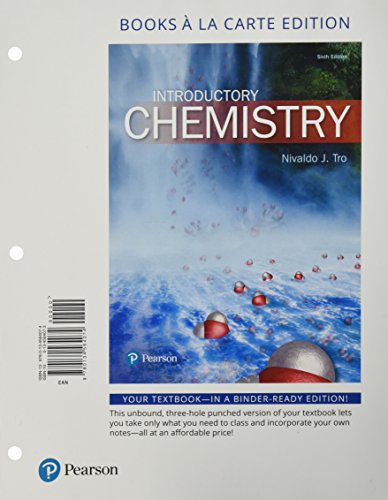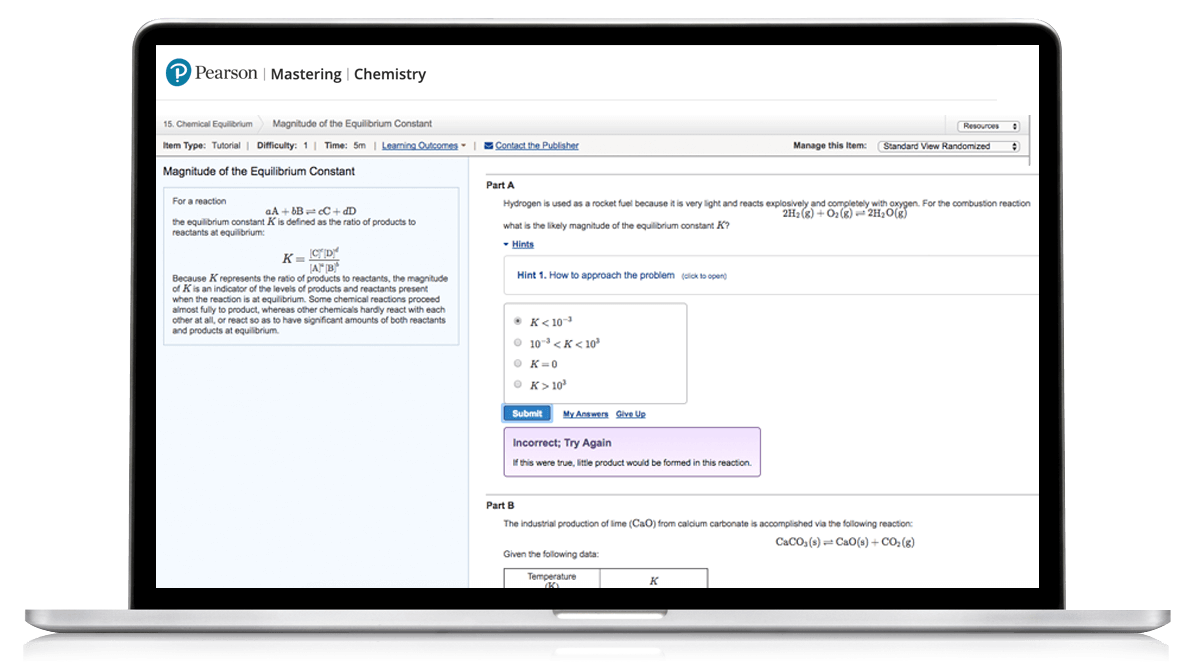Mastering Chemistry Experiments: A Comprehensive Report Guide

Mastering chemistry experiments requires precision, preparation, and a structured approach. Whether you're a student, researcher, or enthusiast, understanding how to document and report your findings is crucial. This guide provides a comprehensive roadmap to crafting detailed and professional chemistry experiment reports, ensuring clarity and accuracy in every step. From planning to presentation, learn how to elevate your experimental reporting skills and make your work stand out. (chemistry lab report, experimental documentation, scientific writing)
Why Chemistry Experiment Reports Matter

Chemistry experiment reports are more than just assignments; they are essential tools for communicating scientific findings. A well-structured report ensures reproducibility, highlights key observations, and demonstrates your understanding of chemical principles. For students, it’s a way to showcase learning, while for professionals, it’s a means to contribute to scientific knowledge. (scientific communication, lab report importance, chemical research)
Key Components of a Chemistry Experiment Report

1. Title and Abstract
Start with a clear, concise title that reflects the experiment’s purpose. Follow it with an abstract summarizing the objective, methodology, results, and conclusions in 150–250 words. (report structure, abstract writing, chemistry title)
2. Introduction
Provide context for your experiment. Explain the theoretical background, hypothesis, and objectives. Use this section to justify the significance of your study. (experimental context, hypothesis formulation, chemistry introduction)
3. Methodology
Detail the materials, equipment, and procedures used. Be precise and include enough information for others to replicate your experiment. Use bullet points for clarity. (experimental procedure, lab methodology, replication steps)
📌 Note: Always include safety precautions and any modifications made to standard procedures.
4. Results and Discussion
Present your findings using tables, graphs, or charts. Follow with a discussion interpreting the results, relating them to the hypothesis, and addressing any anomalies. (data presentation, result analysis, chemistry discussion)
5. Conclusion
Summarize the key findings and their implications. Discuss limitations and suggest areas for future research. (experimental summary, research implications, chemistry conclusion)
Tips for Writing an Outstanding Report

- Be Concise: Avoid unnecessary details; focus on relevant information.
- Use Formal Language: Maintain a professional tone throughout the report.
- Cite Sources: Acknowledge references and theories used in your experiment.
- Proofread: Ensure your report is free of errors and inconsistencies.
Checklist for a Perfect Chemistry Experiment Report

| Section | Checklist |
|---|---|
| Title & Abstract | Clear title, concise abstract (150–250 words) |
| Introduction | Background, hypothesis, objectives included |
| Methodology | Detailed procedures, materials, safety precautions |
| Results & Discussion | Data presented clearly, interpreted accurately |
| Conclusion | Key findings summarized, future research suggested |

Mastering chemistry experiment reports is a skill that enhances both your scientific understanding and communication abilities. By following this guide, you’ll create reports that are not only informative but also professional and impactful. Remember, a well-crafted report is a testament to your dedication and expertise in the field. (chemistry skills, report mastery, scientific excellence)
How long should a chemistry experiment report be?
+
The length varies, but aim for 1,500–3,000 words, depending on the complexity of the experiment and your institution’s guidelines.
Can I include raw data in my report?
+
Raw data should be included in an appendix, while the main report should focus on processed and analyzed data.
How important is formatting in a chemistry report?
+
Formatting is crucial for readability and professionalism. Use headings, subheadings, and consistent font styles.



